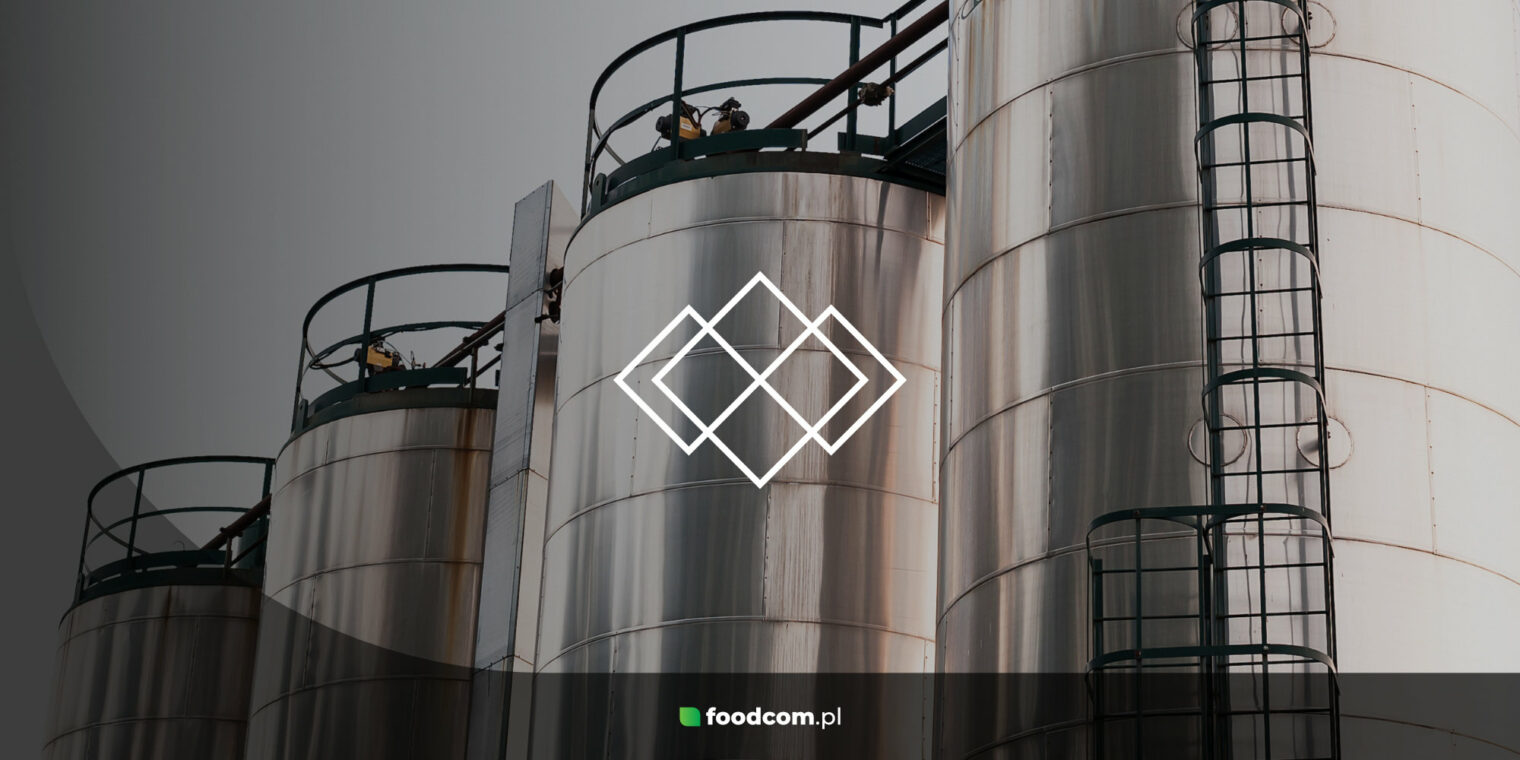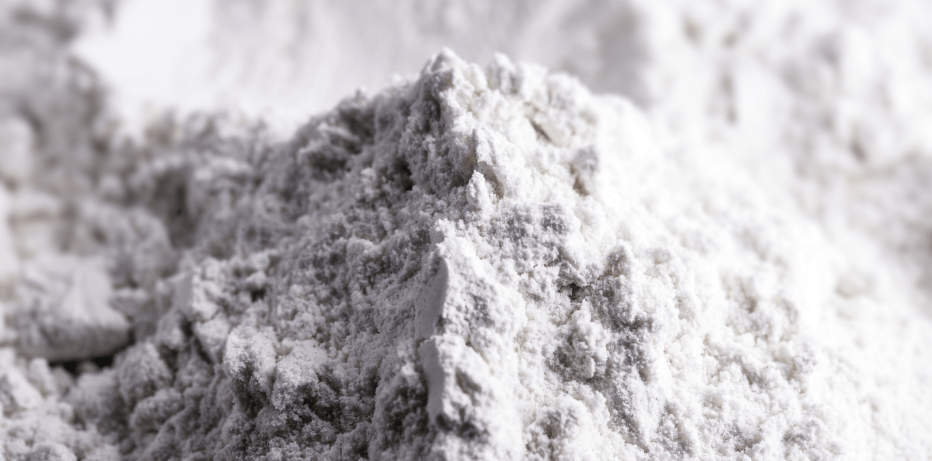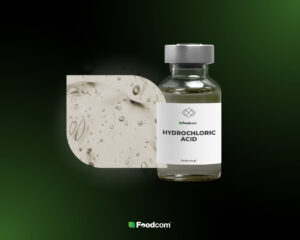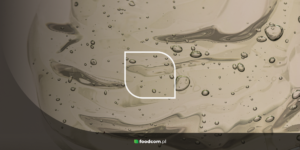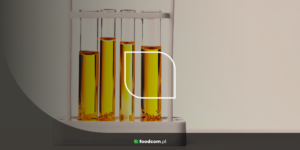- Chemical raw materials are various organic or inorganic compounds that have a well-defined composition.
- Chemical intermediates, on the other hand, are any entities formed from reactants that occur in further stages of chemical reactions.
- Chemical raw materials and chemical intermediates can be used in the chemical, food, feed, cosmetics and pharmaceutical industries, among others.
Chemical raw materials and chemical intermediates
Chemical raw materials are various organic or inorganic compounds. Their characteristic is that they have a well-defined and unchangeable composition. Chemical raw materials differ in their properties and can be used in various industries.
Chemical intermediates, on the other hand, are those units formed from reactants and used later in further stages of chemical reactions. Every product of elementary or multi-step reactions is a chemical intermediate, except the last one, which is the final product.
Chemical raw materials and chemical intermediates can be in the form of a solid, liquid or gas. They occur naturally in nature or are obtained synthetically.
Chemical raw materials – application
As mentioned earlier, chemical raw materials and chemical intermediates are used in many industries depending on their properties. However, in general, it can be said that they are used in the following areas:
- chemical reactions in laboratories,
- disinfection, food,
- animal feed,
- cosmetics,
- pharmaceuticals,
- medicine,
- textiles,
- papermaking,
- production of detergents,
- construction industry.
The most important chemical raw materials and intermediates
Below is an overview of the most important chemical raw materials and intermediates – their origin, properties and most popular applications.
Hydrochloric Acid
Hydrochloric Acid is an inorganic chemical compound, an aqueous solution of gaseous hydrogen chloride. It occurs naturally – diluted, it is present in the gastric juices of humans and other mammals. It is also obtained synthetically: It is formed by the reaction of sulfuric acid and sodium chloride, the combustion of hydrogen into chlorine, or is a byproduct of the chlorination of various organic compounds.
Hydrochloric Acid is a stable acid that retains its properties over a long period of time. It occurs in the form of a colorless or pale yellow liquid with an irritating, pungent odor. It is very soluble in water and forms vapors on contact.
Hydrochloric Acid is mainly used in the chemical industry. It is mostly used to clean metal surfaces and together with nitric acid forms “aqua regia”, a mixture that dissolves metals. It is a pH regulator and is used in the preparation of chemical reagents in laboratories. It is also found as an ingredient in adhesives and plastics. It is used in water treatment as well.
Hydrochloric Acid is a pH regulator in the food and pharmaceutical industries. It is also used in the production of hair dyes and bleaches.
Calcium Chloride
Calcium Chloride is an inorganic chemical compound. It is obtained as a by-product in the production of sodium carbonate by the Solvay method.
It is characterized by high hygroscopicity. It occurs in the form of irregular granules with dust. Calcium Chloride is colorless and dissolves very well in water.
Calcium Chloride is mainly used in the food industry. It is used in the production of various cheeses and is added to achieve the desired calcium content and proper texture of the product. In addition, Calcium Chloride is an acidity regulator and flavor enhancer.
Calcium Chloride has antibacterial properties and reduces the permeability of blood vessel walls, which is why it is also used in the production of food supplements and medicines. It is also used for de-icing roads.
Titanium Dioxide
Titanium Dioxide is an inorganic chemical compound. In nature, Titanium Dioxide occurs in many minerals. On an industrial scale, it is obtained by the sulfate or chloride method.
It occurs as a water-insoluble white powder. Titanium Dioxide is characterized by its whitening and bleaching properties. In addition, it reflects visible light.
Titanium Dioxide is used in cosmetics that are supposed to have a white color and also serves as a thickening agent. In addition, it protects the formulation from oxidation and loss of protective properties when exposed to sunlight. You can find it in sunscreens, day creams, foundations and lip balms.
Titanium Dioxide is also used in the manufacture of paints and varnishes. It affects the color of the formulation, so it can be used as a bleaching agent, but also as a lightener for other pigments. In addition, it is also used in the manufacture of medicines.
Monocalcium Phosphate
Monocalcium Phosphate is obtained by the reaction of phosphoric acid and calcium carbonate. It is also obtained from naturally occurring minerals.
Monocalcium Phosphate is a free-flowing powder or a small granule with a white or grayish color.
Monocalcium Phosphate is often added to livestock feed and pet food. It is needed for building teeth and bones so they grow and stay in good condition. Monocalcium Phosphate is also used in the manufacture of fertilizers.
It is also added to foods. In baking powder, it is responsible for the proper growth of baked goods. Monocalcium phosphate is also used as an emulsifier in processed foods and as a preservative in sausages and cheeses.
Magnesium Oxide
Magnesium Oxide is an inorganic chemical compound. It occurs naturally as the mineral periclase, but is also obtained by burning magnesium or roasting magnesite or dolomite.
Magnesium Oxide is a white crystalline substance. Its characteristic feature is its good light refraction. It is also corrosion resistant and has high thermal conductivity.
In medicine, Magnesium Oxide is used to prevent hyperacidity and to treat food poisoning. It is also an ingredient in dietary supplements for people with magnesium deficiency. In the cosmetics industry, on the other hand, it is added to powders, foundations or lotions. It also has odor-neutralizing properties and is therefore used in the production of antiperspirants. In animal nutrition, Magnesium Oxide is a nutritional ingredient.
Sodium Hypochlorite
Sodium Hypochlorite is an inorganic compound, the sodium salt of hypochlorous acid. On an industrial scale, Sodium Hypochlorite is obtained by electrolysis of brine.
It has a characteristic chlorine odor and a straw-yellow color. Sodium Hypochlorite is a corrosive substance and also has oxidizing, antiseptic and bactericidal properties.
Sodium hypochlorite is mainly a component of bleaching agents, but its bleaching effect is also used in the paper and textile industries. Due to its properties, it is also widely used for disinfection and water treatment.
In horticulture, it prevents diseases of fruit trees and vines. It is also used for washing fruits and vegetables. Sodium Hypochlorite is also used in dentistry, medicine and in the production of modified starch.
Copper Sulfate Pentahydrate
Copper Sulfate Pentahydrate is an organic compound, a salt of sulfuric acid and copper. In nature, it occurs in the form of the mineral chalcanthite. Synthetically, it is obtained by treating copper metal with hot concentrated sulfuric acid or copper oxides with dilute sulfuric acid.
Anhydrous Sulfate is white in color, but when hydrated it has a characteristic blue coloration. It is characterized by strong hygroscopicity.
Copper Sulfate Pentahydrate is mainly used as a fungicide for surfaces, but it is also used to control fungal infections in horses and to rid wheat grains of fungal infestations. In addition, it is a feed additive, a reagent in laboratories and is also used in the manufacture of pastes, adhesives and concrete.
Why Foodcom?
Our great team of Sales Support will help our Traders conduct the contract and business deals in a smooth and efficient way to ensure the best quality service to all our Business Partners. Our logistics team will take care of transportation and the financial department will be responsible for all matters connected with the financial part of the deal. Do not hesitate! Contact us.
